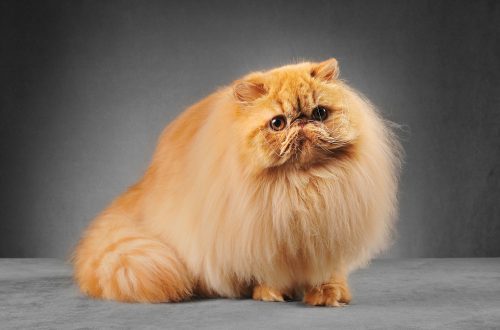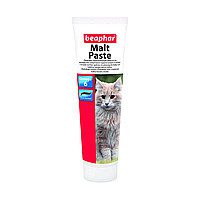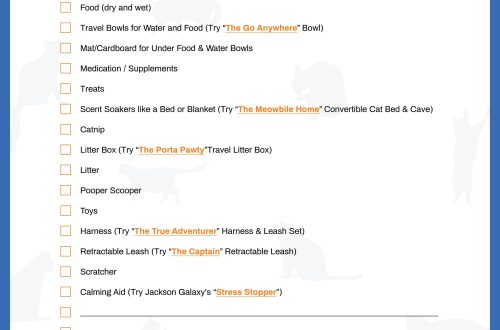
Cholecystitis in cats: symptoms and treatment
Causes of the disease
There are five main causes of cholecystitis in cats.
- Incorrect food. When compiling a cat’s diet, it is advisable to consult a veterinarian. Cheap feeds are unbalanced, they do not have enough vitamins, minerals and nutrients, in addition, they can disrupt the intestinal microflora.
- Injuries of the abdominal organs. With falls and strong blows, a cat can get internal injuries of the gallbladder. If the pet goes for walks, it is also important to pay attention to the size of the harness, since tight clothing or accessories can lead to squeezing of the internal organs and provoke diseases of the liver, kidneys and gallbladder.
- Infectious diseases – helminthiases. When feeding a cat raw natural products – fish, meat and milk – it can become infected with parasites. In a special risk group, pets that have not been dewormed.
- Diseases of the liver and pancreas. Tumors of the liver and pancreas can cause obstruction of the outflow of bile and related problems.
- Bacterial and viral infections. Bacteria and viruses can cause inflammation of the gallbladder in a cat.
symptomatology
Symptoms of cholecystitis vary depending on the form of the disease.
- Sharp form. The main symptoms of this form of the disease will be frequent vomiting, diarrhea, high fever. They are accompanied by fever and convulsions, refusal of food and water, apathy and weakness.
- Chronic form. In chronic cholecystitis, the cat’s appetite decreases, diarrhea alternates with constipation. The pet loses weight, but vomiting is rare.
Diagnosis, treatment and care
If you find any symptoms of cholecystitis, you should immediately contact a veterinary clinic. The advanced disease is very difficult to treat and can lead to death. The veterinarian will conduct a visual examination of the pet, palpation, ultrasound, blood and stool tests and prescribe the appropriate treatment.
Conservative treatment involves finding a cat in a hospital. On the first day, she will be given a starvation diet, nutrient drips, and drinking plenty of water to stay hydrated. Next, the specialist will prescribe medications that will relieve inflammation, spasms and improve the outflow of bile from the gallbladder.
At home, the cat will need complete rest, medication and special dietary food. Feed the cat will need five to six times a day in small portions. It is important to provide the cat with access to clean water and limit activity, as well as strictly follow the recommendations of the doctor.
Prevention
To reduce the risk of cholecystitis, it is important to adhere to the following rules:
- exclude all fatty foods, raw fish and sweets from the cat’s diet;
- timely vaccination and deworming;
- do not allow the cat to jump from a great height;
- store medicines and household chemicals in an inaccessible place;
- follow the feeding schedule.
With careful pet care, almost any disease can be prevented. If symptoms of any ailment appear, you should immediately contact a veterinary clinic and in no case should you engage in diagnosis and treatment yourself.
See also:
- Bloated belly in a cat – causes and treatment
- What should a healthy cat’s stool look like?
- Nutrients that boost the immune system of pets





